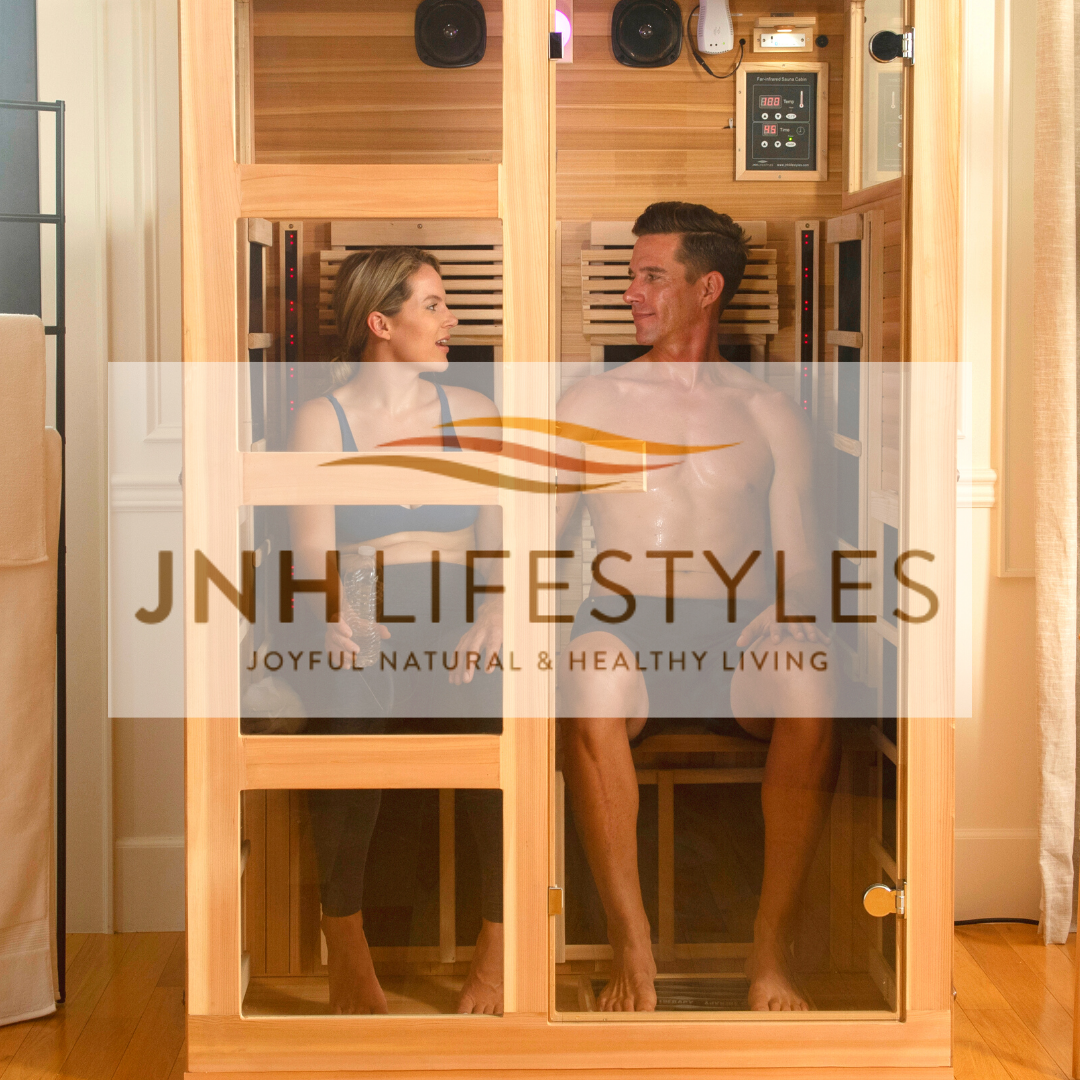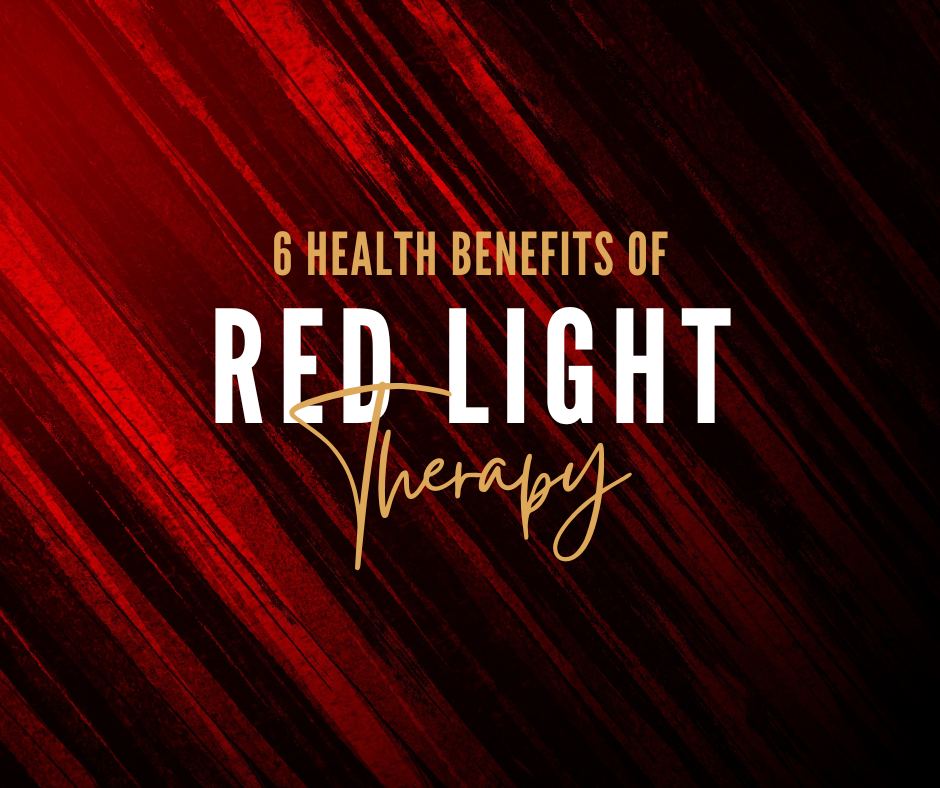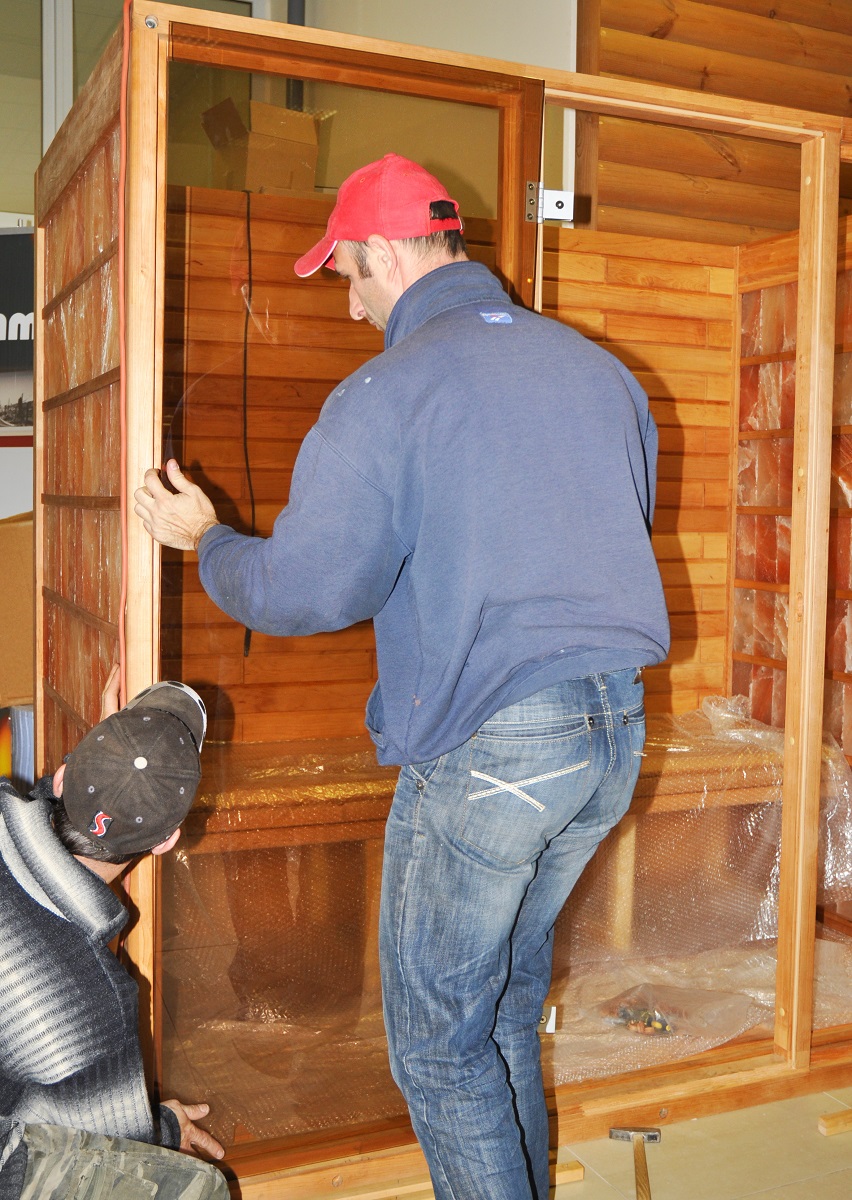Many athletes and people who live very active lifestyles have noticed a considerable difference in their sports-related injuries from dry sauna benefits. You can obtain these sauna health benefits using light therapy which is non-invasive and does not require any medications. It stimulates the body’s own healing processes through molecular signaling and circulatory modulation.
Active Americans
Although Americans have been stereotyped as couch potatoes and the morbidly obese, there is a huge majority that is very keen and active in sports. People who are now in their 40’s and 50’s deny the inescapable aging that occurs in their bodies to keep a youthful passion for their sports activities.
Simultaneously, American children are being forced into high-intensity training and new standards of competitiveness at younger ages than in prior years. On average, X-treme sports are the most popular. All of these circumstances are resulting in a rising number of sports-related injuries and pain. New procedures to treat injury and pain are snowballing and now a couple of old methods are gaining a lot of momentum in the United States.
How Did Sports Medicine Evolve?
A Greek physician called Galen was one of the first to precisely depict human anatomy. He worked with gladiators in Rome and gained first-hand knowledge of anatomy and physiology by treating their wounds. Galen is considered the first Sports Medicine Specialist. He used the gladiatorial athletes to test new treatment methods for that time, which now are considered odd such as purgatives, blistering agents, and the base of medical intervention for 2,000 years, bleeding. Although Galen was providing the Roma gladiators these innovative treatments, the Romans understood the value of a hot bath and massage to health.
What Are Light Therapies?
Over the last 15 to 20 years anew therapy has been introduced to western medicine and that is photo-biostimulation or light therapy. Phototherapy is the utilization of specific light wavelengths and energies to body tissues that bring out a complex chain of biochemical responses. The focus is mainly on red and near-infrared wavelengths. The majority of the early work was conducted in the former Soviet Union and other surrounding Eastern European countries. The incentive was to improve performance and injury recovery in the military and athletic patients.
Currently, dry sauna benefits in the United States are possible with the form of laser technology. Many devices have come out which use Light Emitting Diodes (LEDs). LEDs support a safe and more affordable technology for delivering light therapy. Nowadays, both physiotherapists and sports medicine specialists are treating a wide array of acute and chronic musculoskeletal injuries and pain with Light Emitting Diodes. The dry sauna benefits of light therapy help to reduce the discomfort, pain, and inflammation while encouraging blood flow and the body’s own tissue repair methods.
What Is Infrared Therapy And Tissue Healing?
Infrared therapy triggers the body’s natural healing methods. Research confirms that this happens at the molecular signaling level and a more macro level through circulatory modulation. The most important reaction from near-infrared light therapy is the release of nitric oxide.
Nitric oxide (NO) is a naturally occurring chemical in the body and is the main signaling molecule that can stimulate various beneficial effects. Most importantly, it has an important role in encouraging blood flow to tissues and increasing lymphatic drainage. Increasing the lymphatic drainage indirectly stops the inflammation process, which in turn reduces swelling.
How Does Infrared Technology Reduce Pain?
Also, infrared technology has direct effects on pain signaling pathways. Research conducted on the effectiveness of light therapy on various chronic pain conditions has revealed that it may have an effect on particular nerve fibers involved in the “slow conduction” of pain signals.
Studies on humans and animals have found higher levels of endorphins, which are small proteins that block pain signals in nerves, in response to light therapy. Infrared therapy on rats resulted in an increase in ATP levels in their brains. Besides serving as energy for the cell, ATP can serve as a neurotransmitter itself, or metabolized to adenosine, stick to adenosine receptors that resist excitatory nociceptive responses that bring about the signaling of pain to the central nervous system. Another important neurotransmitter is acetylcholine which its release and metabolism are regulated by low-level light treatment.
What Are The Human Studies On Infrared Therapy?
When you get a sports injury, there is trauma to the muscles, joint ligaments, tendons or bones. An infrared sauna increases blood circulation which delivers more nutrients to the area of injury while boosting venous circulation. Besides that, it helps with lymphatic drainage to reduce swelling and encourage detoxification.
What Is The Difference Between LED And Laser Light Sources?
Light therapy uses the portions of the electromagnetic spectrum from the far, mid and near to bring about biological responses. Because much of the research consisted of the use of lasers as a source of well-controlled, narrow-spectrum light, the term ‘low level’ is used to differentiate if from the high power methods of surgical lasers designed for cutting or ablation of tissue.
Instead, light therapy works by encouraging natural biological processes in the area where the light is applied. Light-emitting diodes provide an accumulated source of light energy in a narrow portion of the light spectrum. EDS are more affordable and are an easier alternative to lasers as an output source for controlled, narrow-spectrum light. This helps the individual to tap into the beneficial portion of the spectrum, such as near-infrared wavelengths without the probable harmful effects of the spectrum of sunlight such as ultraviolet.
Everybody is trying their best to stay active no matter what their age is. However, with that increase in activity, there comes some risk to sports injuries. Fortunately, there are many treatment options available, and an infrared sauna in your home is one of them. Infrared light therapy is very popular since it is a very convenient, efficient, non-invasive, non-drug, and not to mention an enjoyable way of treating various ailments and providing good overall health. Many people stay active with regular sweating sessions in an infrared sauna.



